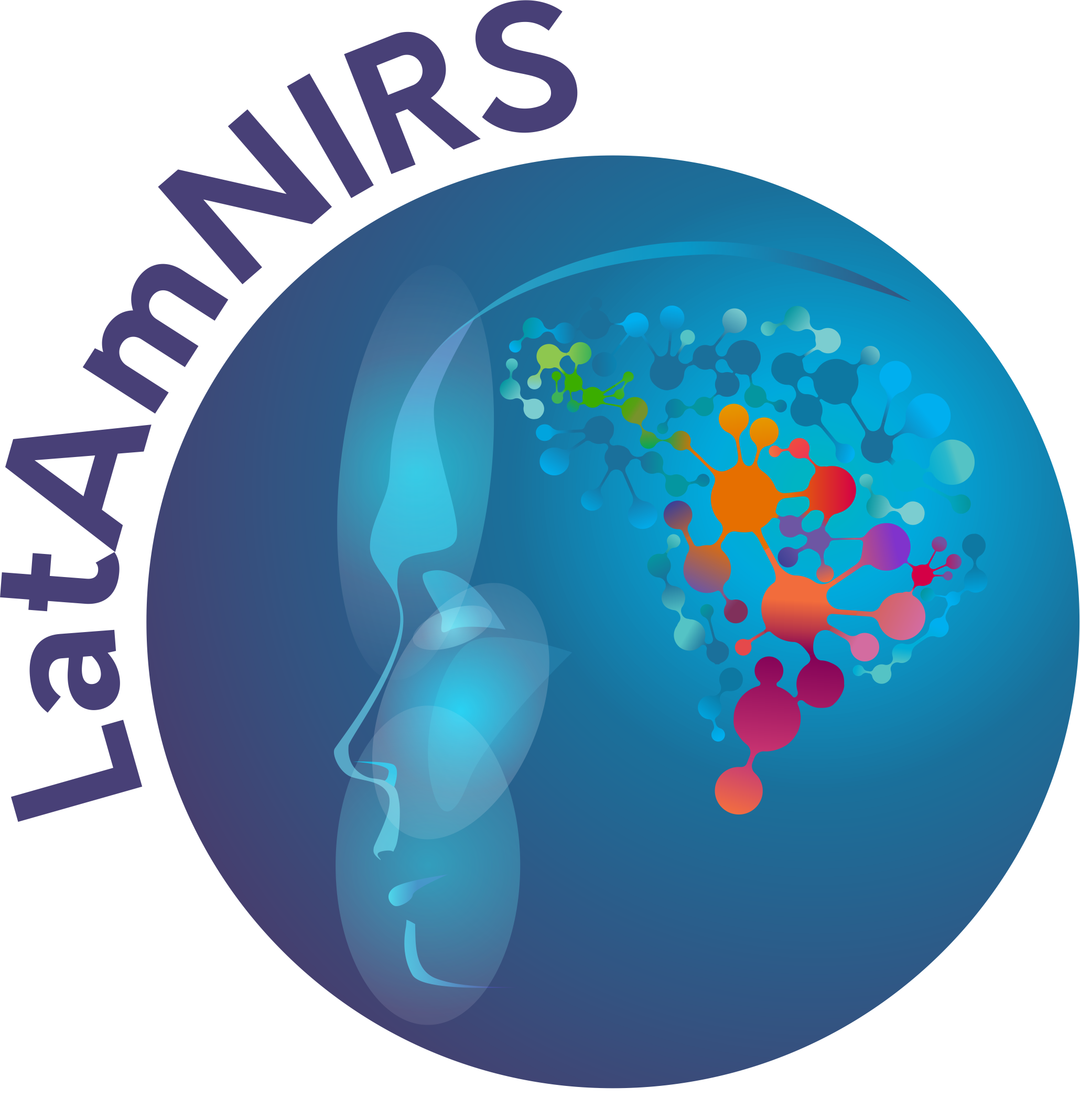Phantom
Definition: Phantoms, whether material or digital (simulations), serve as models to validate the quantitative results of imaging systems. They are specifically designed to mimic certain in vivo characteristics and the data collected using phantoms can be used as reference values for in vivo measurements.In the field of fNIRS, researchers use various types of material phantoms:
(1) Solid phantoms which are made of a solid material like epoxy resin or polyoxymethylene containing scattering constituents, such as titanium oxide (TiO2), and absorbing constituents, such as nigrosin. Solid phantoms are commonly static and cannot model dynamic changes within the brain unless an inhomogeneity is being mechanically moved (or thermoelectrically activated) within the phantom.
(2) Semi-solid phantoms which are made of a gel-like material containing scattering and absorbing particles and help test the effects of tissue movement and deformation on fNIRS signals.
(3) Liquid phantoms that consist of a solvent (e.g., water), a scattering agent (e.g., fat emulsion, latex spheres), and an absorber (e.g., ink, hemoglobin). Glycerol may be added to change the viscosity, simulating a change in blood flow for DCS and similar techniques. They can model dynamic changes, however, these phantoms are typically not stable over long periods (weeks) and layered models (e.g., to simulate the brain and superficial layers) are challenging.
(4) Multi-layer phantoms are made of multiple layers of different materials with different optical properties to simulate the layered structure of human tissue, e.g., solid compartments modeling the superficial layers of the head and a liquid section mimicking the brain layer.
Digital (simulation) phantoms refer to different means of simulating (often with added noise) the effects of layers, heterogeneities, optical properties, boundaries and others on the detected signals. They can be used to test different algorithms of signal analysis, to design new hardware and to aid the interpretation of in vivo data.
Alternative definition:
Synonym:
References: https://doi.org/10.1002/nbm.4421https://doi.org/10.1186/s40658-020-00320-z;
https://doi.org/10.1364/BOE.9.002068;
https://doi.org/10.1088/0031-9155/40/5/016;
https://doi.org/10.1109/TIM.2020.2990261;
https://doi.org/10.1117/1.JBO.20.12.121304
Related terms:
